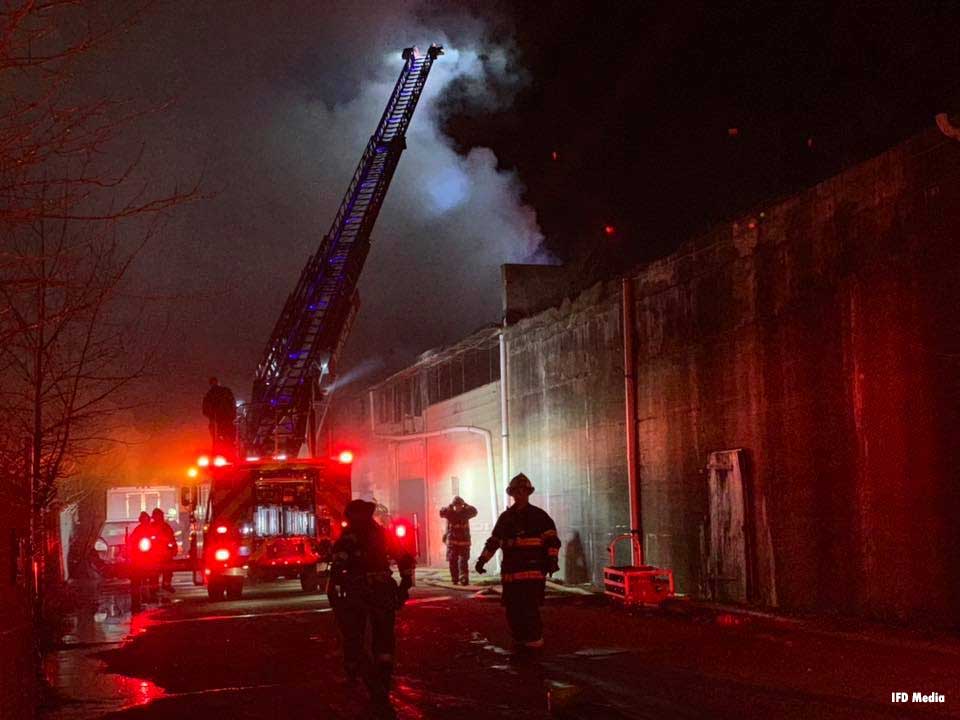
The inspiration for Monday afternoon’s FDIC workshop, “Strategy and Tactics at Commercial Fires,” according to Chief Les Stephens was that, as he and Chief Stuart Grant reviewed commercial fires around the nation, they observed departments repeatedly committing their personnel to interior attacks at fires that were unwinnable from the outset. The crucial decision—whether to use an offensive or defensive strategy—determines whether firefighters will be put in a position of immediate danger or one of calculated safety. However, one’s fire service training may not provide the criteria needed to decide this question.
According to Stephens and Grant, when deciding whether to go offensive or defensive, consider the following: Why are you in the building; what is the best possible outcome, and does it still make sense for personnel to be in the building?
RELATED
- Size-Up and Risk Benefit for Small Commercial Structures
- Critical Decisions at Commercial Building Fires
- Commercial Building Fires: When To Go Defensive
Some of the conditions the presenters outlined that may indicate a defensive strategy are: Crews have been operating inside for more than 10 minutes with no appreciable change in conditions; lightweight trusses (wood or metal) are involved in fire; the building is dilapidated, abandoned, or vacant; the attack hoselines must be advanced more than 150 feet from building’s closest entrance to the seat of the fire; and fire has overwhelmed properly functioning fixed fire protection systems (sprinklers).
Using the National Fire Academy’s fire flow formula, students learned how the required fire flow directly relates to the department’s capabilities, and its effect on strategic decision making. Given the required fire flow for the incident, are there enough personnel and equipment to achieve and maintain the necessary flow in time enough to make a difference in the fire’s outcome?
The American fire service needs educated and disciplined incident commanders who can determine quickly whether a commercial structure fire is beyond the department’s capabilities and make the appropriate strategic decisions. Every department has its limitations and must understand them. According to Grant and Stephens, “Firefighters should not be running headlong into every fire today. Getting killed doesn’t make you tough!”
We are responsible for our rules of fire engagement, Stephens said. “Would our rules of engagement be any different if they were defined instead by our sons, daughters, or spouses?”
Stephens recalled a 1999 fire response to a church fire that occurred on a weekday. There was no life hazard. Nevertheless, firefighters entered the structure and three died in a subsequent roof collapse. Some time later, the widow of one firefighter asked Stephens to explain to her why he had to die, so she could explain it to her son when he was older.
In reviewing incidents where firefighters have died, Stephens and Grant insisted the point was not to assign blame, but to learn from the mistakes of the past so they are not repeated in the future. Both instructors hope that students will initiate discussions on this topic on returning to their departments.
Les Stephens is the chief of the San Marcos (TX) Fire Department. Stuart Grant is a battalion chief with Dallas (TX) Fire Rescue. They have co-authored several articles in Fire Engineering on firefighter “tricks of the trade.” A forthcoming article will cover what firefighters must do to avoid being “their own worst enemy.”

